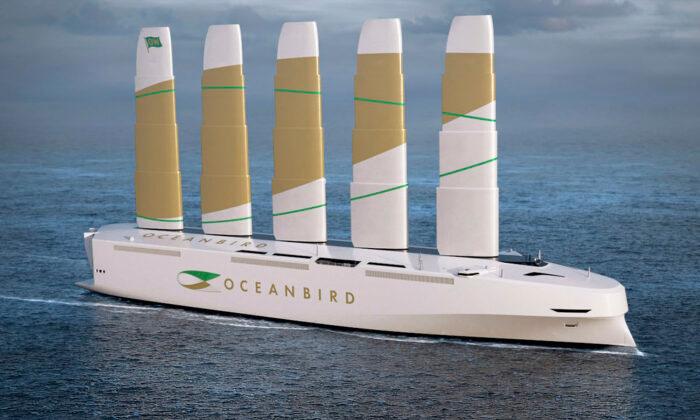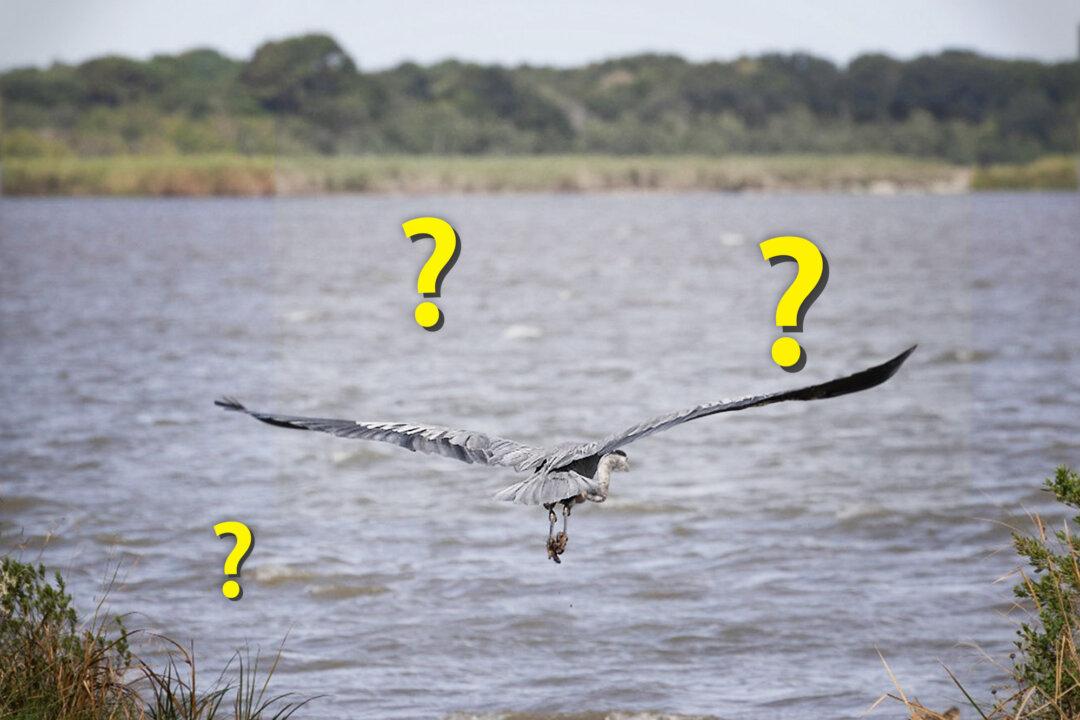But now, a new type of car carrier has been designed by Swedish researchers with the aim of reducing that impact. The ship, dubbed Oceanbird, utilizes massive “wings” as its primary mode of propulsion rather than conventional engines.
The carrier’s futuristic-looking wing sails can swivel 360 degrees without touching each other to catch the wind and can extend to a breathtaking height of 260 feet into the air.
That will make Oceanbird the tallest wind-powered vessel ever built.
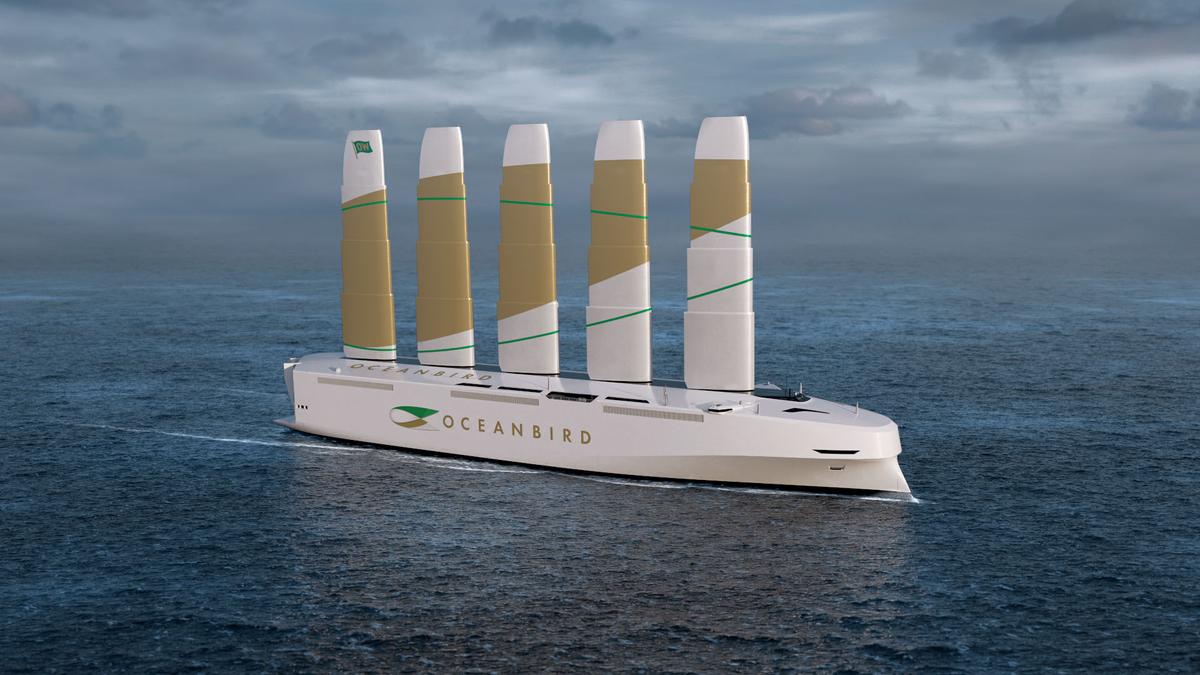
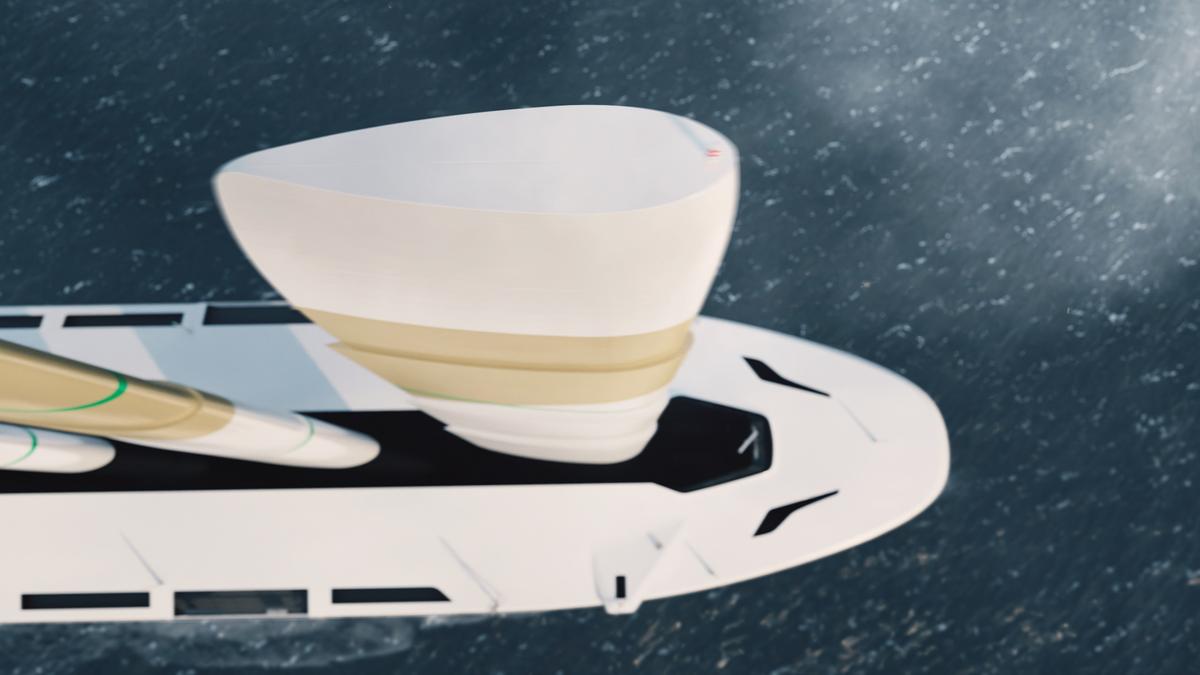
These huge metal sails use similar aerodynamic principles as airplane wings, and can be telescopically retracted by 195 feet, allowing the ship to sail under bridges, or withstand rough weather.
The car carrier design specifies a length of 650 feet with a capacity of up to 7,000 vehicles (conventional carriers can hold 8,000 cars). However, the manufacturer says the design of the transatlantic car carrier can apply to other kinds of vessels, including cruise ships.
The size of the wind-catching wings might seem extreme, but the steel and composite-material sails need to be at least this size in order to catch enough wind to propel the 35,000-ton ship forward. While not as powerful as conventional ships, Oceanbird will still manage 10 knots on the open sea, compared to the former’s 17 knots.
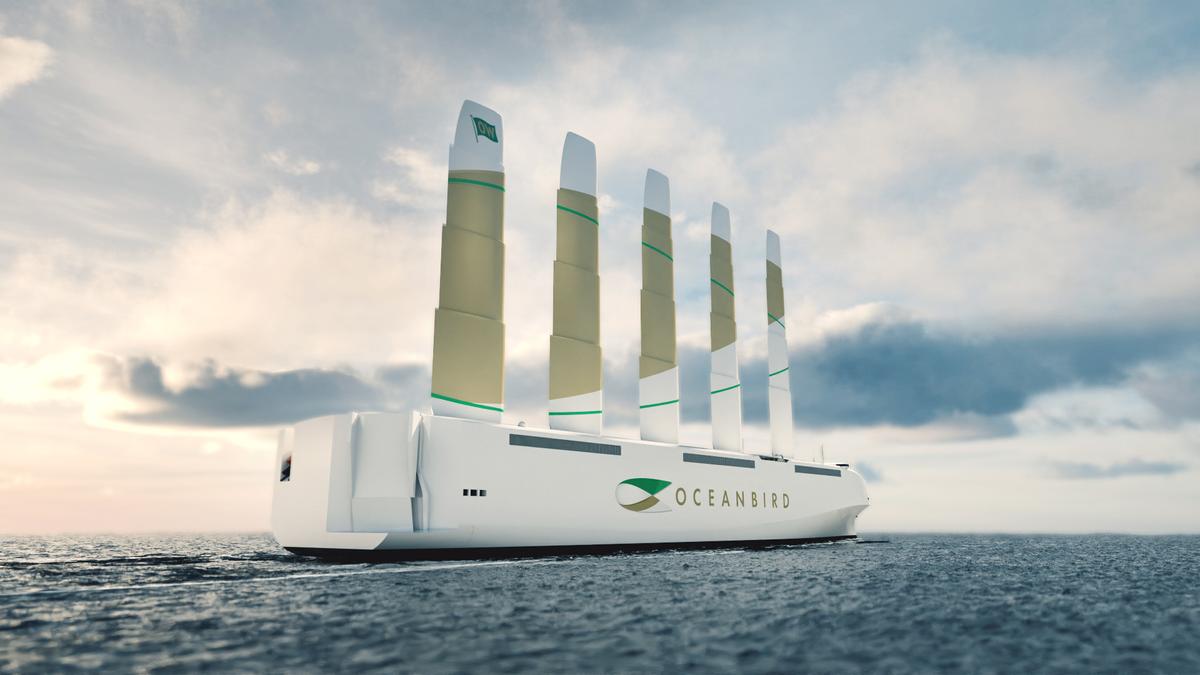
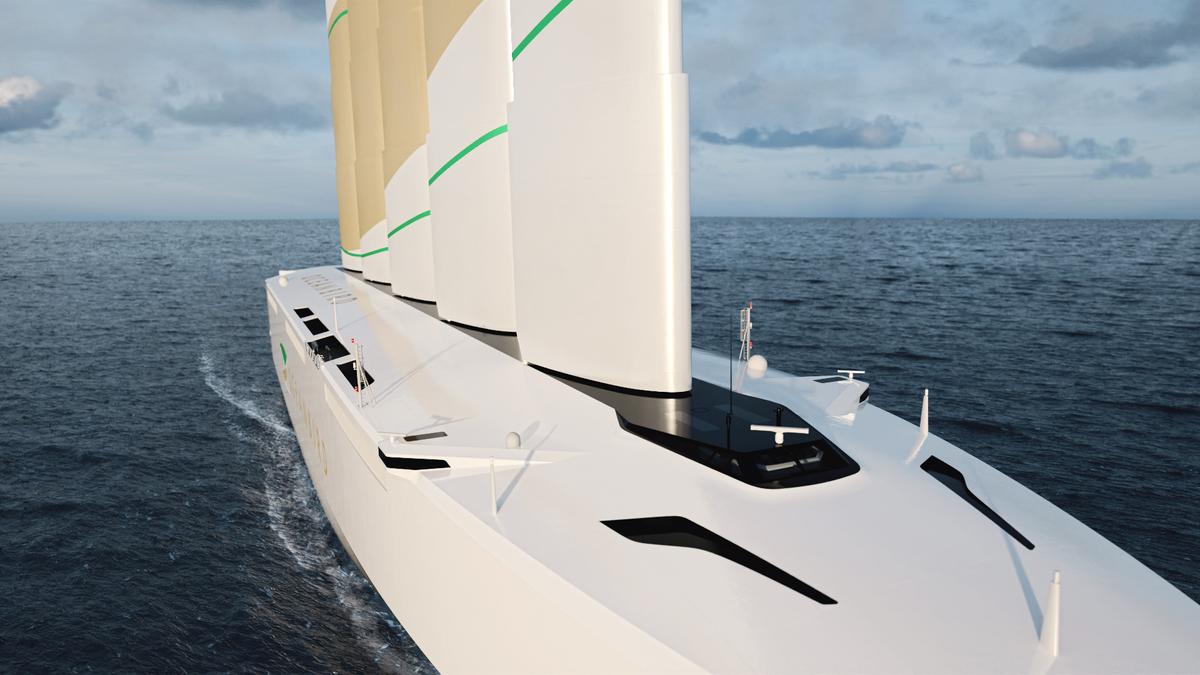
Thanks in part to the support and funding of the Swedish Transport Administration, scientists have pulled off the design. Despite challenges, Wallenius Marine launched a 7-meter-sized model last month, which they plan to test this fall.

